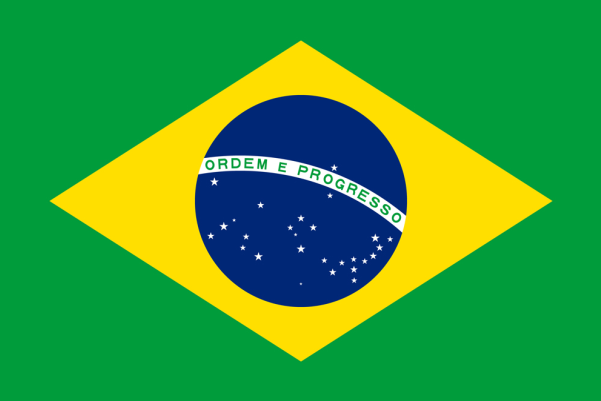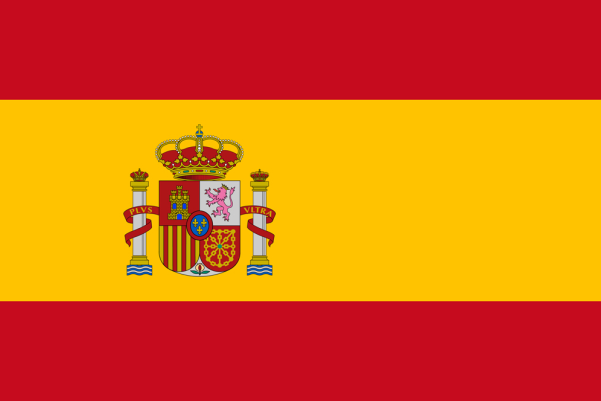The energetic rhythms and colourful dances of the Northeast are in a class of their own
Northeast Brazil is a region steeped in history, and the birthplace of some of the more prominent cultural traits of a nation, many of which have significant historical roots.
Baião
Baião, the rhythmic formula that spawned a rage of music genres, including forró, is played using an accordion, an agogo and a triangle. It remains a strong influence on today’s musicians, owing to its binary composition. The accompanying dance, in pairs, consists of steps called balanceios, heel steps, crouches and spins. Traditional attire for women includes printed cotton dresses, adorned with frills, and colourful sandals. The men wear light denim trousers, plain shirts and rawhide sandals.
Capoeira
Capoeira is an authentic Brazilian cultural expression, and pays homage to martial arts, playfulness and dance. It reached Brazilian shores in the 16th Century, imported by the slaves in Bahia and Pernambuco. Of particular note is the level of interactivity between participants, a congregation that form a circle around performing pairs as they exchange arduous acrobatic kicks, flips and spins. Capoeira is “played” to the sound of berimbaus, and the enthusiastic cheers and synchronised clapping of onlookers. Today, it is popular all over Brazil.
Frevo
Frevo is the heartbeat of the infamous Pernambuco carnival. Frevo is a collective dance known for its syncopated and frenetic pace, a rhythm that keeps revellers at simmering point (Frevo is derived from “ferver” in Portuguese, to boil). The dance is characterised by the use of an umbrella, which is said to prevent dancers from losing their balance. Unusually, the dance is an expression of individuality as there are no set steps: everyone dances freestyle. Rarely will you see two people dancing the same way, which only adds to the spectacle.
Maracatu
The maracatu was imported from Africa, having originally been performed as a demonstration of strength and power at Congolese coronation ceremonies. The rhythm is defined by drums and began as Maracatu de baque virado, or ‘twisted hit’, but has since given rise to several regional offshoots. The dance holds particular historical significance, as it was once seen as a symbol of the slave resistance. Today, the maracatu is synonymous with the Pernambuco carnival.
Reisado
Portuguese in origin and popular in the state of Piauí, the reisado acquired its name from the Dia de Reis, or Day of Kings. Traditionally, between 24 December and 6 January, a group of musicians, singers and dancers would go door to door announcing the arrival of the messiah, blessing those who opened their doors with music inspired by love, war, and religion. A traditional performance of reisado usually features a set of main characters, such as a king, a master, and a foreman, who dance to the melody of accordions, a ganzá rattle, a zabumba bass drum, a triangle and a tambourine.
Cateretê
Also known as the catira, the cateretê is a time-honoured indigenous dance. It was said to be popular with Padre Anchieta (1534 – 1597), famed for translating catholic texts into Old Tupi, the most common indigenous language of Brazil. There is no traditional attire; performers just use their everyday clothes. Different regions have adopted variants of the dance, but generally speaking, performers assemble in two rows side by side, one consisting of men and one of women, who tap their feet and clap their hands to the guitarist’s lead vocals and strumming.
Congada
Popular across many Brazilian states, the congada has roots in Catholicism, and is a unique manifestation of Afro-Brazilian heritage that pays homage to the King of Angola, Gola Bândi. The dance tells the story of the king’s coronation and features several central characters, including slaves with magical powers, ladies-in-waiting and warriors. During the procession, the dancers perform war-like gestures to the sound of guitars, congas and reco-reco scrapers.
Coco
A traditional African dance from the state of Alagoas, the coco is now popular throughout the Northeast, where it has taken on many names and incarnations. It is usually sung and accompanied by the stomping of feet (and wooden clogs) or horses’ hooves. The lead vocal sings traditional songs, which are repeated by a chorus of singers.
Xaxado
A popular dance from the sertão, or hinterland, the xaxado was named after the sound made by the sandals of cangaceiros (resistance fighters who fought for the Lampião group, whose leader was known as the King of Cangaço) as they hit the sand in commemoration of a victorious battle. Originally a male-only dance, satirical lyrics are sung to the rapid beating of a rifle on the ground.
Maculelê
Traditional in Bahia, the maculelê dates back to colonial times, and was a way of celebrating a good harvest. It is a male dance led by a singer called the macota, who leads the choir to the sounds of sticks, congas, tambourines and guitars.
Forró
The semantic origins of forró are somewhat contested: some say it refers to the African term forrobodó, which means party, whilst others insist that it pertains to the legendary “For All” parties, which were thrown by English engineers who built the Great Western Railway at the beginning of the 1900s. Irrespective of its origins, what matters is whether you can dance it or not. Nowadays, however, the two-step shuffle—to the sound of a zabumba drum, triangle and accordion—has become so universally popular that you’re likely to hear it at any Brazilian party, and witness a whole range of interpretations, regardless of rhythm.

















